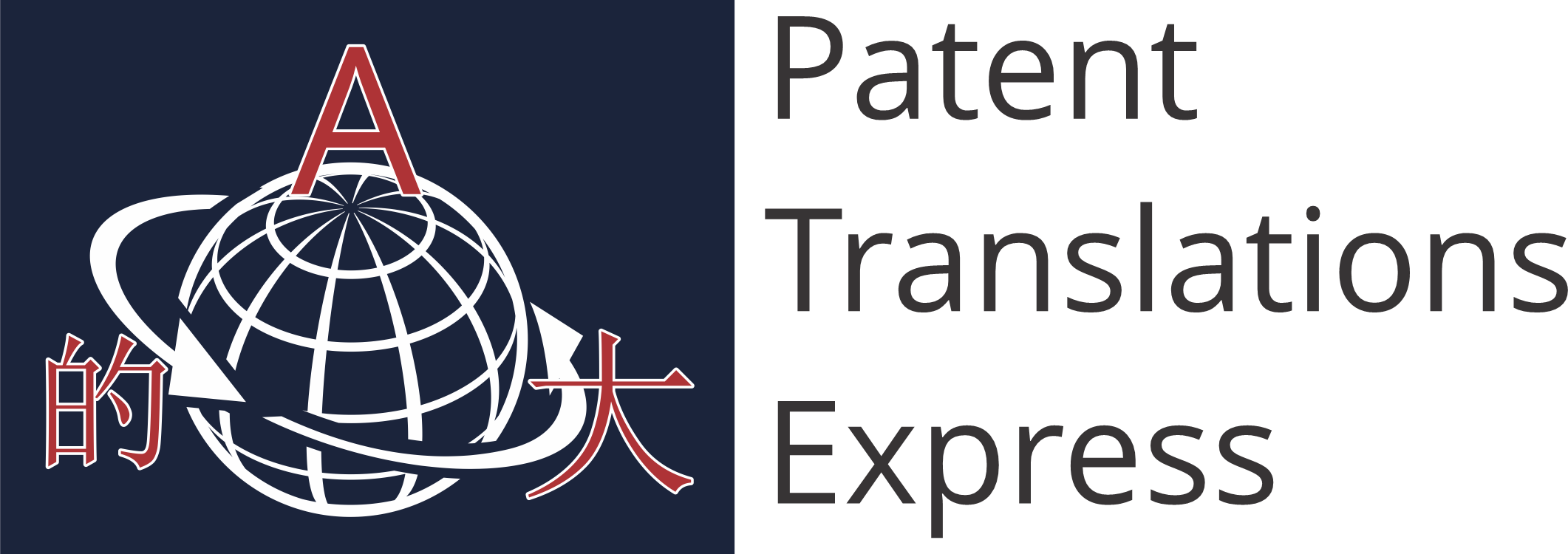In today’s global economy, intellectual property plays a crucial role in driving innovation and business growth. Patents, in particular, provide legal protection for inventions and give inventors exclusive rights to their creations. However, patent protection is often sought in multiple countries, and accurate translation of patent documents becomes essential for effective patent prosecution and enforcement worldwide. In this article, we will explore the significance of patent translation, the challenges it presents, and provide valuable tips and best practices to master the art of patent translation.
Understanding Patents
Patents are legal documents that grant inventors exclusive rights to their inventions. They are crucial in protecting innovative ideas and providing a competitive edge in the market. Patents cover a wide range of industries, including technology, pharmaceuticals, biotechnology, and more. As businesses expand globally, the need to translate patents into different languages arises to secure patent rights in various jurisdictions.
The Role of Translation in Patents
Translation plays a vital role in patent processes as it allows inventors to reach a broader audience and ensures that patents comply with the legal and technical requirements of each country. There are two main types of patent translation: “source-to-target” translation, which focuses on accurately conveying the meaning of the original document, and “patent-to-patent” translation, which aims to match the structure and format of the original patent document in the target language.
Best Practices for Patent Translation
To achieve accurate and effective patent translation, it is essential to follow certain best practices. Firstly, hiring a specialized patent translator with expertise in the relevant field is crucial. A skilled patent translator understands the technical terminology and nuances specific to patents. Additionally, maintaining accuracy, consistency, and adhering to legal requirements are vital aspects of patent translation. Proper formatting and layout considerations ensure that the translated document resembles the original patent.
Common Challenges in Patent Translation
Translating patents presents various challenges due to the technical nature of the subject matter and the legal requirements involved. Language nuances and cultural differences can impact the accuracy of translations. Translating complex technical language, addressing patent specifications and claims, and handling legal terminology and concepts can be particularly challenging. Overcoming these challenges requires a combination of linguistic expertise and subject matter knowledge.
Overcoming Challenges in Patent Translation
To overcome the challenges associated with patent translation, collaboration with subject matter experts is essential. These experts can provide invaluable insights and clarification on technical aspects. Comprehensive research helps in understanding the invention and its context, ensuring accurate translation. Utilizing translation technology and tools, such as translation memory systems and terminology databases, can enhance efficiency and consistency. Implementing a rigorous quality assurance process, including proofreading and editing, ensures the final translation is error-free.
Importance of Accuracy and Clarity
Accurate and clear patent translations are of paramount importance as even minor errors can have significant consequences. Errors in patent translation can result in misinterpretation, invalidation of patents, or legal disputes. Translators must pay close attention to every detail, ensuring precision, consistency, and clarity throughout the translation process. Proofreading and editing play a critical role in eliminating any lingering errors.
Legal Aspects in Patent Translation
Patent translation involves not only linguistic and technical considerations but also legal aspects. Each jurisdiction has its own patent laws and regulations, and translated patents must comply with these requirements. Legal professionals with expertise in patent law can provide guidance on specific legal requirements for translated patents. Validating translated patents through a formal validation process ensures their acceptance in different countries.
Patent Translation in Different Jurisdictions
Patent translation becomes even more complex when dealing with multiple jurisdictions. Different countries may have specific requirements for patent translations, including the use of local language variants or specific formatting guidelines. Working with experienced translators who are familiar with the requirements of each jurisdiction is essential to ensure compliance and avoid potential pitfalls.
Intellectual Property Rights
Accurate patent translation is crucial in safeguarding intellectual property rights. Misinterpretation or errors in translations can result in the loss of patent protection or expose inventors to infringement risks. By investing in professional and accurate patent translation, inventors can protect their innovations and maintain a competitive advantage in the global market.
Future Trends in Patent Translation
Advancements in technology, such as machine translation and artificial intelligence, are transforming the field of patent translation. Machine translation can enhance productivity by providing initial translations, but human expertise remains crucial for ensuring accuracy and maintaining the context. As technology evolves, it is important to keep abreast of these developments while recognizing the potential challenges and opportunities they present.
Conclusion
Mastering the art of patent translation requires a combination of linguistic skills, subject matter expertise, and adherence to legal requirements. Accurate and clear translations are vital to protect intellectual property rights and maintain the integrity of patents across jurisdictions. By following best practices, collaborating with experts, and utilizing the right tools, inventors can navigate the complex landscape of patent translation with confidence.

